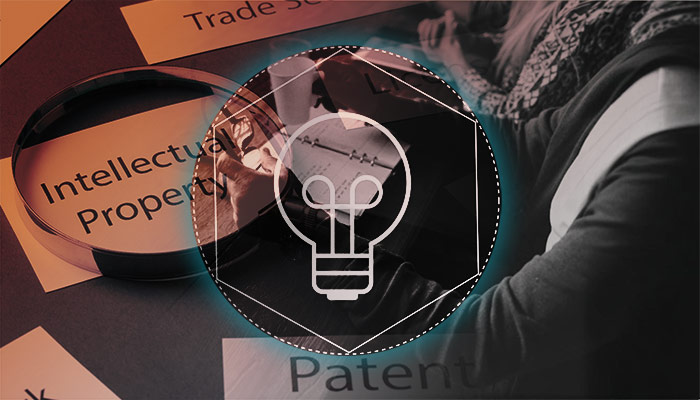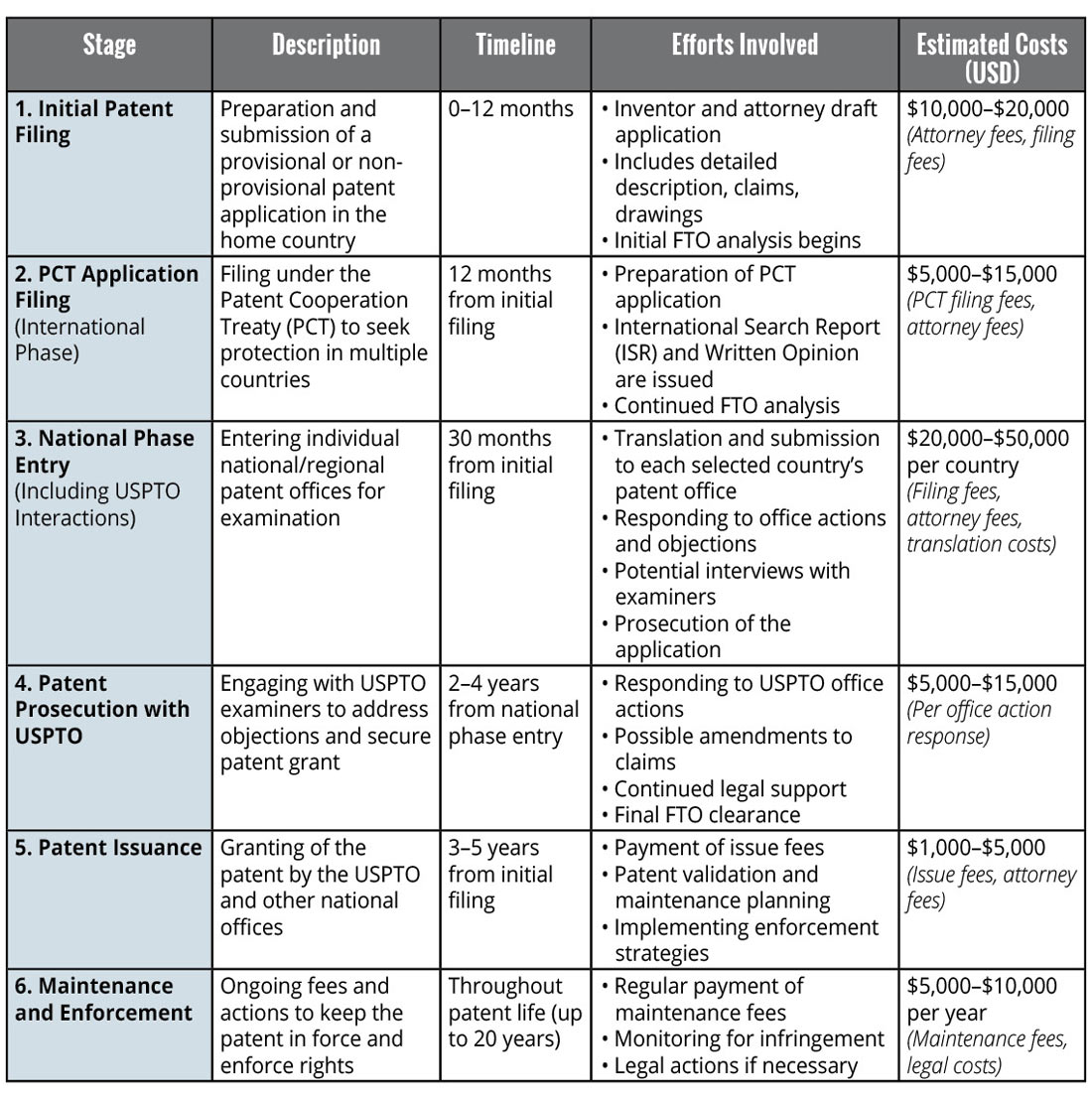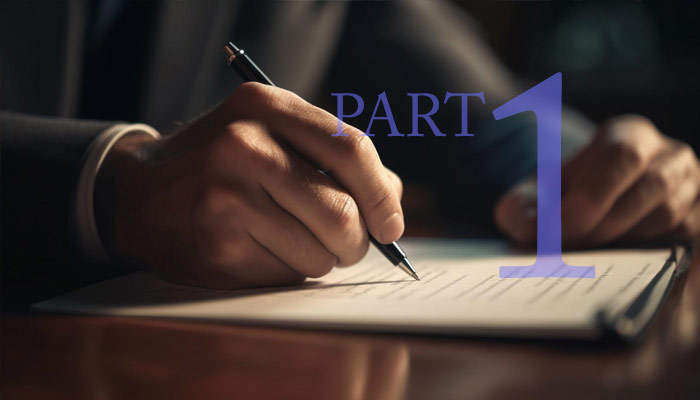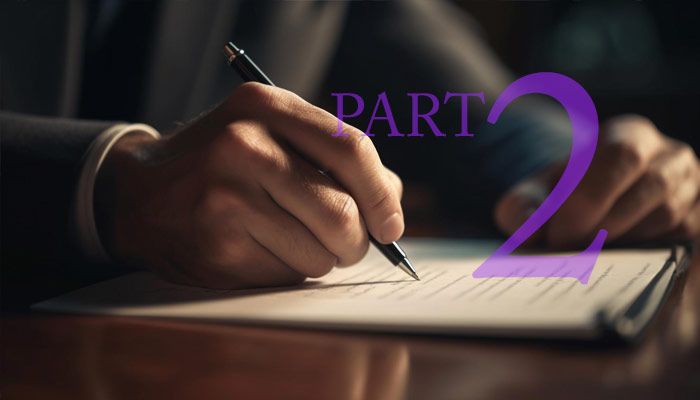Welcome to The Academy. Here you will find real-world and practical lessons and advice for startups, career development and ecosystem development.
THE ACADEMY’s mission is to provide useful lessons and reference articles that focus on real-world experience and practical application. Business development and entrepreneurial educational content is often vague or written from the point of view of an outsider speaking in generalizations referenced from other specialties. Unfortunately the hurdles faced by health company founders are drastically different from the difficulties faced by retail or digital consumer product stakeholders and the lessons are not particularly transferable. That is where The Academy is different.
To provide grounded and practical advice, our articles are written in partnership with regional experts that have successfully navigated the challenges we cover—that are important to you. Each section (organized here and referenced as a collection within a Series) covers a specific topic relevant to healthcare startups with real-world applications and tips from hard-earned experience. The material is then organized into content chapters—which includes the core articles, supporting reference materials and brief case studies as examples of companies that succeeded or failed in each area of interest.















